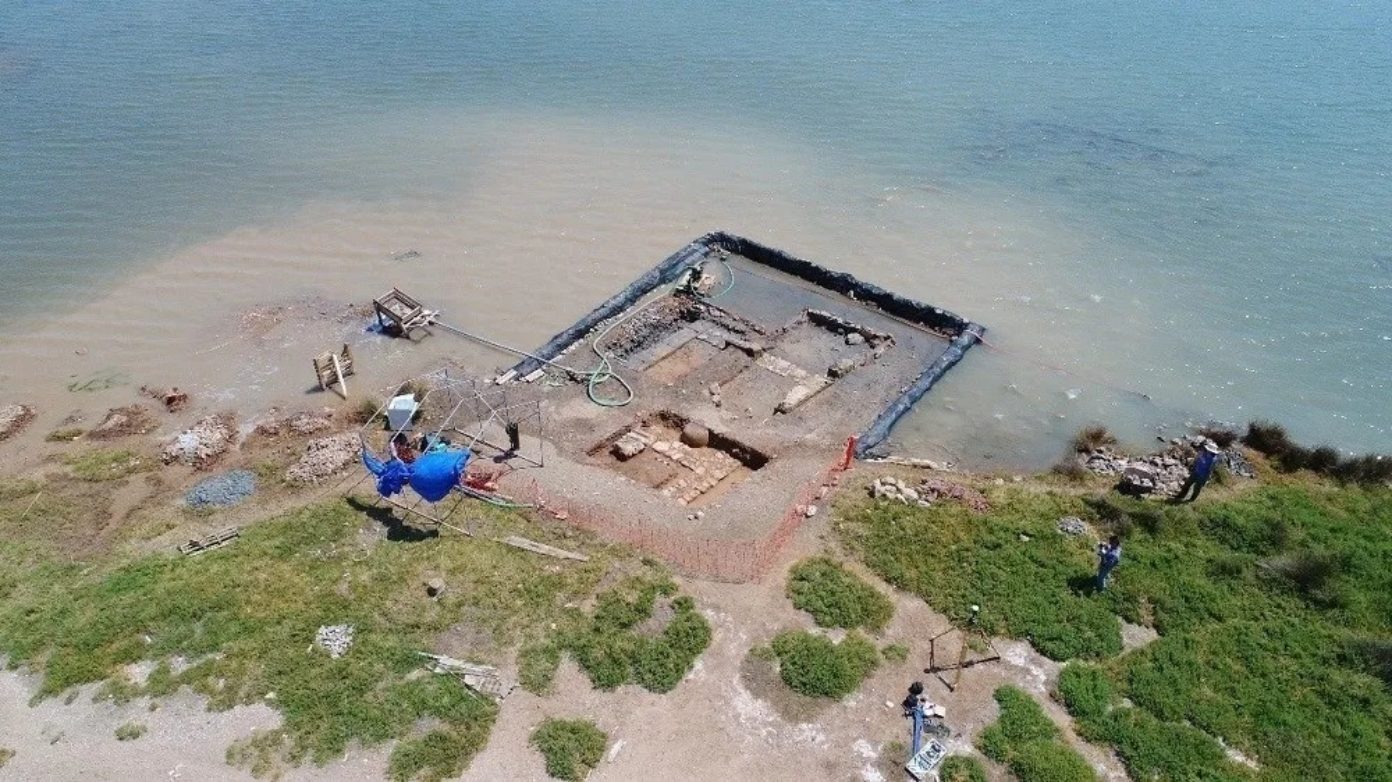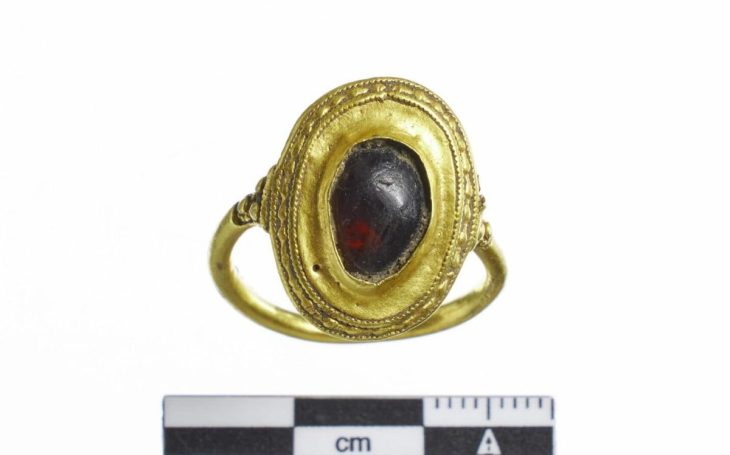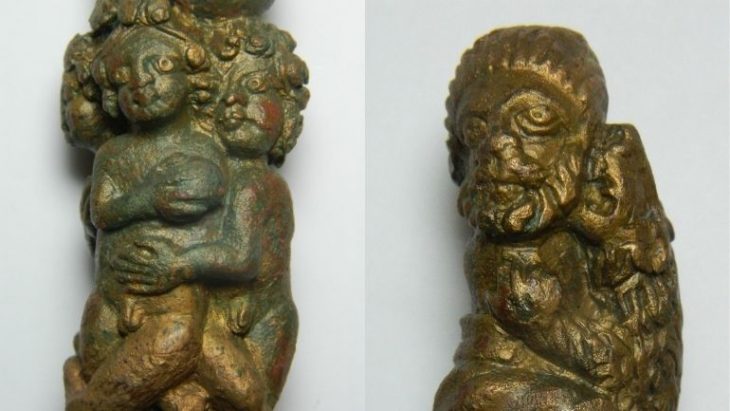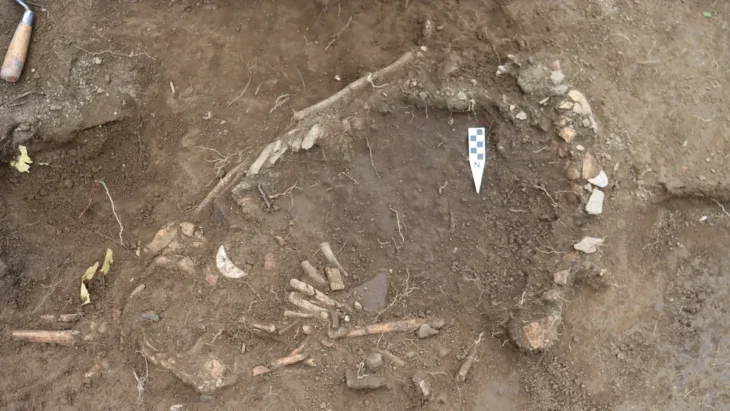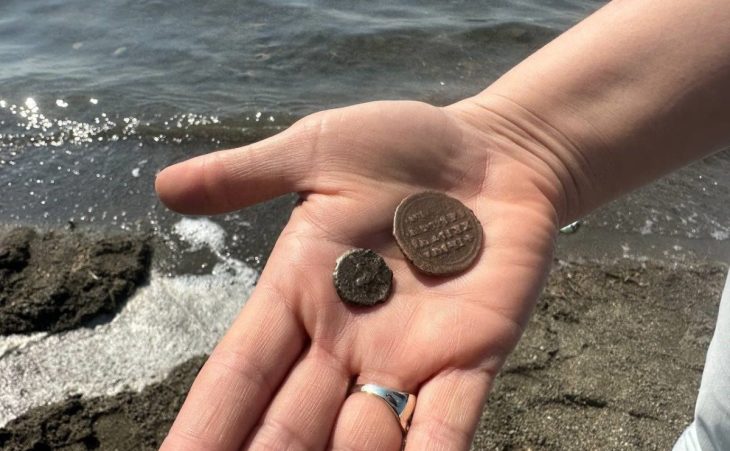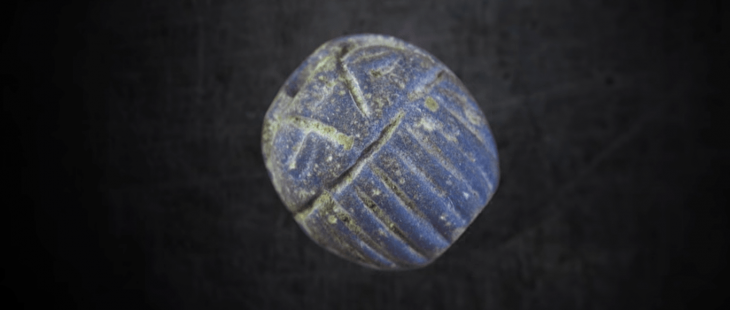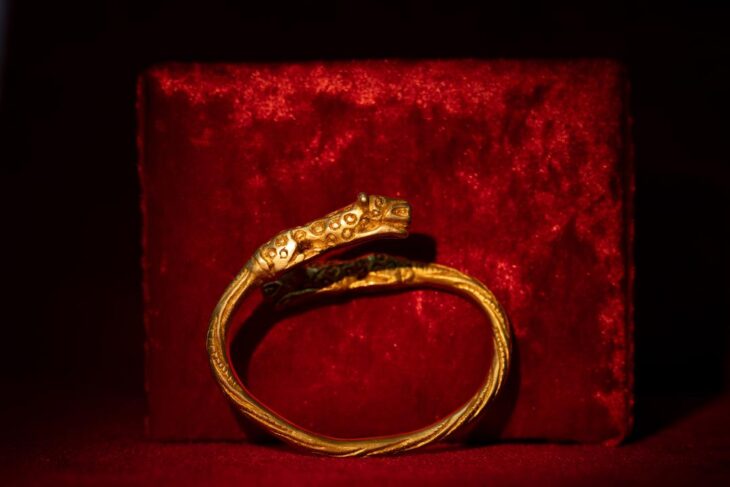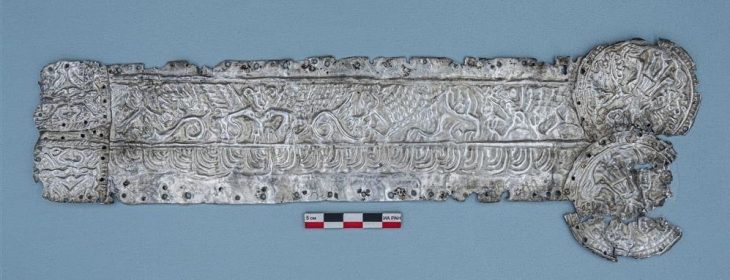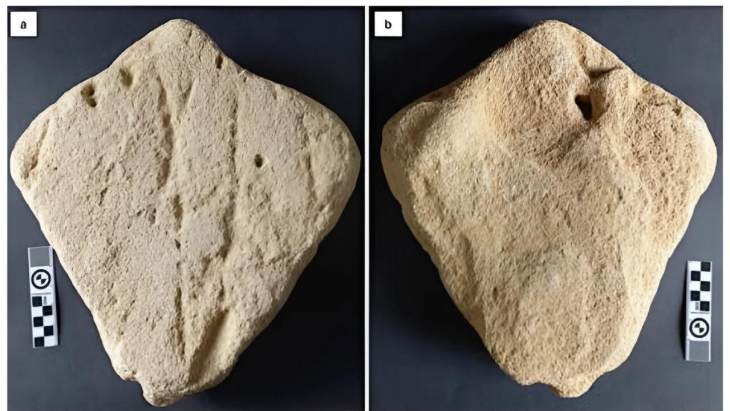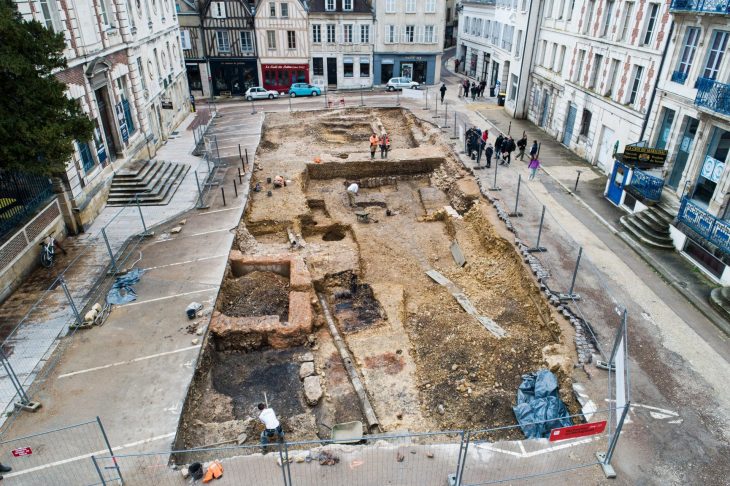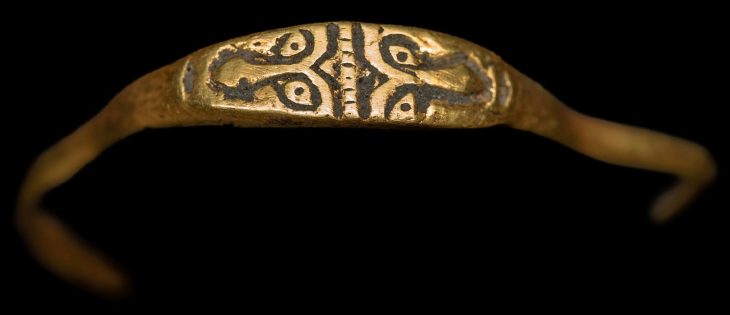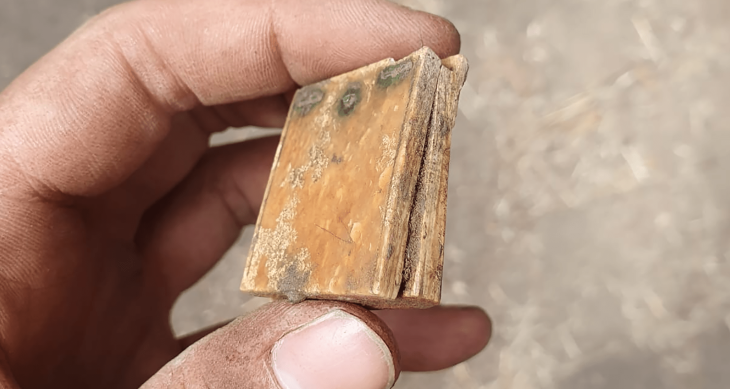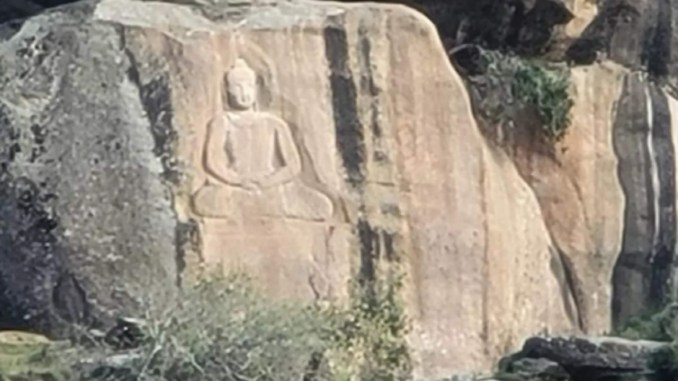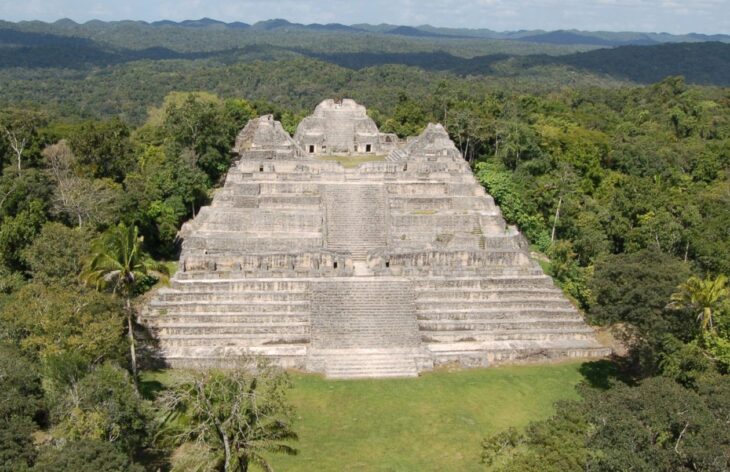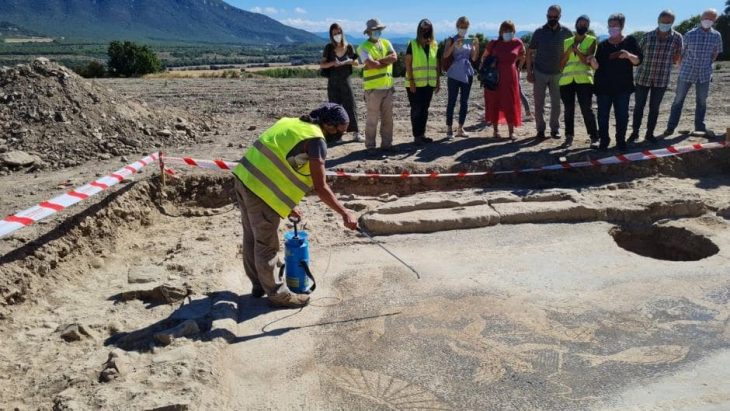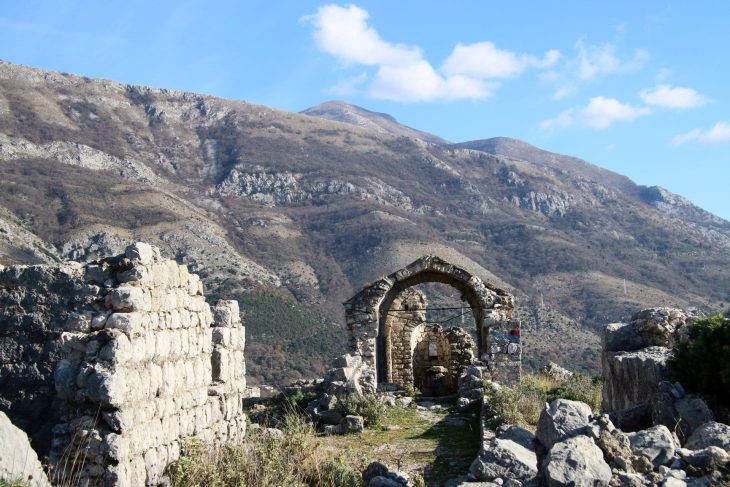Archaeologists exploring the east coast of Salamis, the largest Greek island in the Saronic Gulf, discovered a large, long, and narrow public building partially submerged underwater.
The discovery was announced by Greece’s Ministry of Culture on Thursday. This is near the site of one of the most important naval battles in history, the Battle of Salamis (480 BC).
The marine archaeologists have been investigating the waters in Ampelakia Bay, off the island of Salamis. They conducted a three-year study of the city’s eastern shores on the northwestern side of the Ambelaki-Knosoura marine area as part of a joint research project between the Institute of Marine Archaeological Research, the Ephorate of Marine Antiquities, and the University of Ioannina. Previous research has discovered sunken Classical city remains, including large sections of the sea wall and submerged ruins of public buildings.
Excavations within the former landside of the sea wall have revealed a public building identified as a stoa. The meaning of Stoa is an ancient Greek portico usually walled at the back with a front colonnade designed to afford a sheltered promenade. In addition to providing a place for the activities of civil magistrates, shopkeepers, and others, stoas often served as galleries for art and public monuments, were used for religious purposes, and delineated public space.
The building, with a constant width of 6 meters, is traced so far, at a length of 32 meters. The interior includes a series of at least 6-7 rooms, of which one was investigated, with internal dimensions of 4.7 x 4.7 meters., with large storage pits. It has solid walls, about 60 centimeters thick, made of large hewn stone plinths.
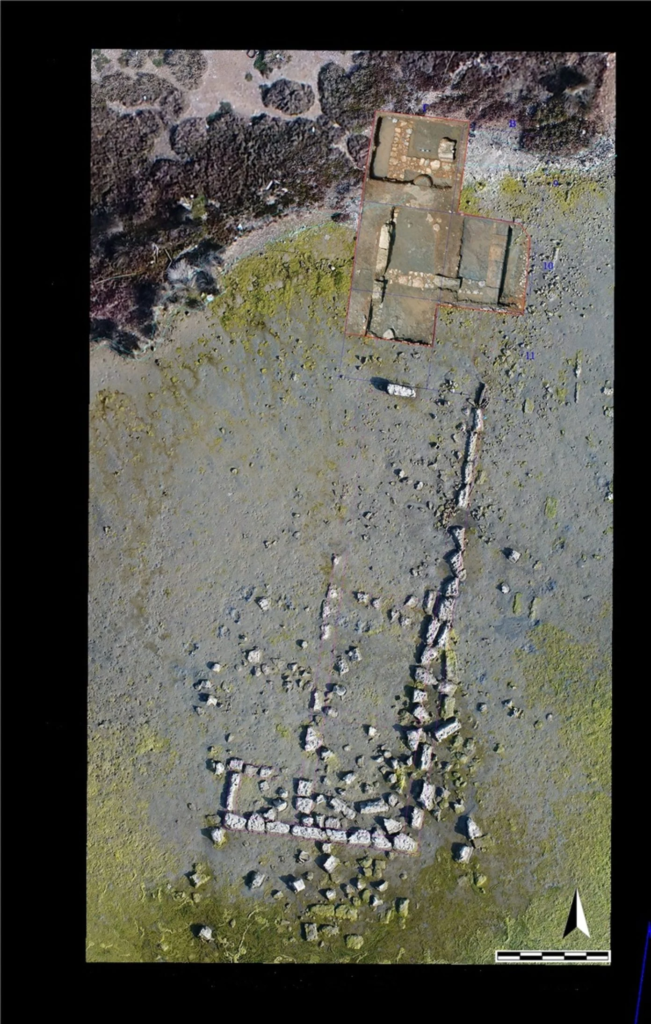
Based on the size, shape and arrangement of its spaces, archeologists assume that the building presents all the characteristics of a portico. A porch leading to the entrance of a building, or extended as a colonnade, with a roof structure over a walkway, supported by columns.
During the excavations, various artifacts and objects were discovered, including Classical-Hellenistic period ceramics, amphora stoppers, fragments of marble objects, and 22 bronze coins.
Two of the marble objects are particularly significant and date from the 4th century BC. The first is a column with a fragmentary verse inscription, and the second is a stele with a muscular right hand of a large figure. The stele matches a marble stele from around 320 BC housed in Salamis’ Archaeological Museum.
The identification of the Stoa is a very important new element for the study of the topography and residential organization of the ancient city.
Stoa is open to the west and probably marks the eastern boundary of the Agora area of the Classical-Hellenistic city rather than the port, extending on generally level ground to the west/northwest of the building. Its ruins were seen and described, literally, by the traveler Pausanias around the middle of the 2nd century.
Research is the first interdisciplinary underwater research, carried out intensively (since 2016) by Greek agencies, in areas of the historic Strait, in the Ampelaki-Kynosoura marine area.
Cover Photo: Greek Ministry of Culture

